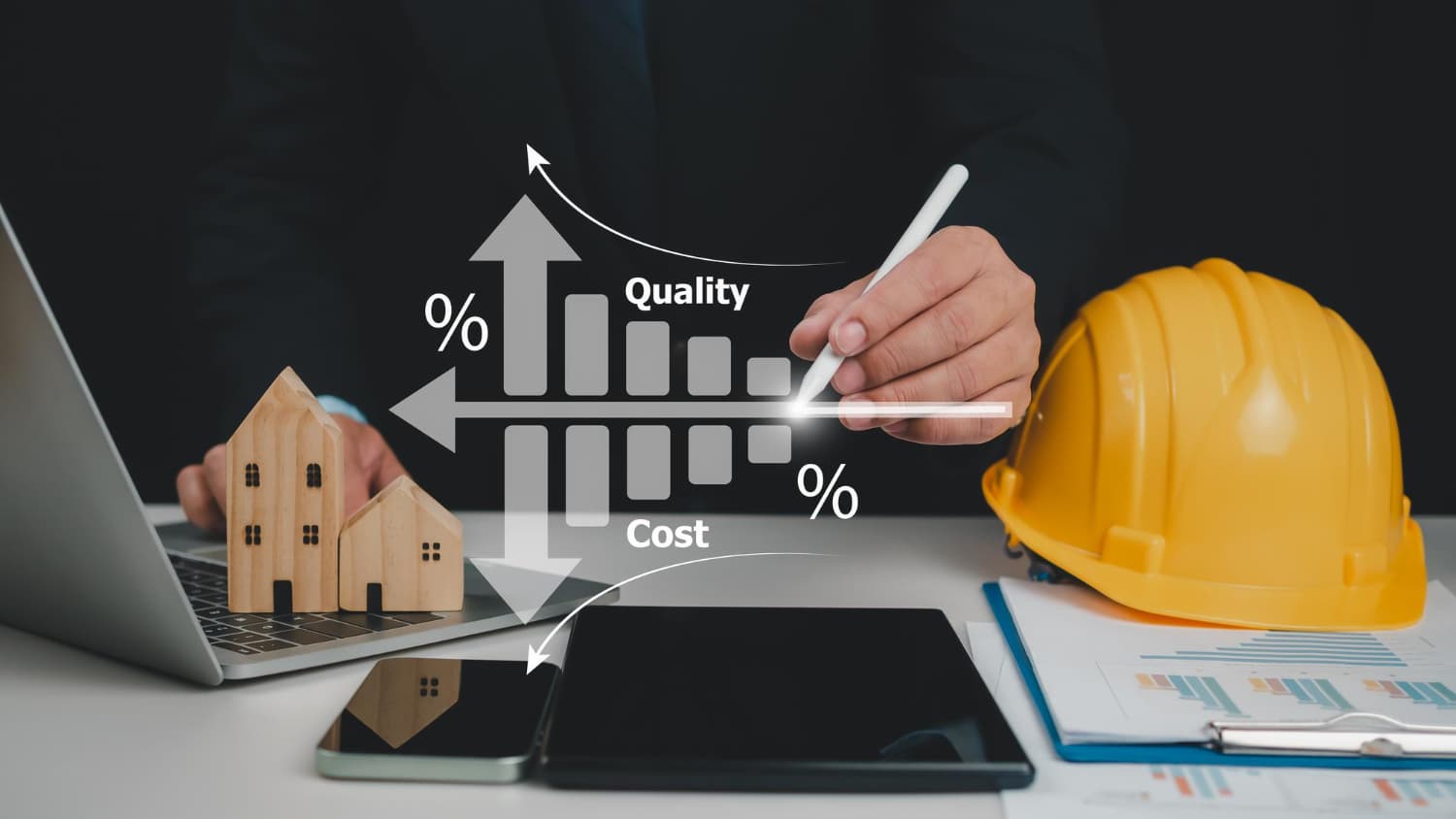

PROPERTY TYPES

Facilities and services turn a good address into a valuable asset. On-site features—secure parking, modern gyms, temperature-controlled pools, concierge desks, play areas, pet facilities—directly affect livability, which in turn drives pricing power, rental demand, and resale momentum.
Surrounding services extend that value: proximity to high-performing schools, hospitals, grocery anchors, transit lines, parks, and employment nodes reduces daily friction and broadens the buyer pool.
From an investor’s perspective, amenities improve cash-flow reliability. Properties with comprehensive offerings attract longer leases, lower churn, and better tenant profiles.
Families prioritize safety and education; young professionals value fitness, co-working, and commute time; seniors look for accessibility and healthcare. When the resident mix can find what they need within a short walk, willingness to pay rises and vacancy risk falls.
Planned infrastructure is another multiplier. New metro stops, expressways, or waterfront promenades tend to re-rate entire micro-markets, lifting values even for buildings that add no new fixtures themselves.
Conversely, a lack of maintenance of common areas or unreliable building management erodes trust and compresses yields despite attractive floor plans.
Savvy buyers evaluate facilities not as a checklist but as an ecosystem: How are amenities maintained? What are service hours, rules, and fees? Are upgrades budgeted? Are vendors reputable? Transparent homeowners’ association reporting and responsive property management signal durability, which markets reward.
Ultimately, convenience is not a luxury in real estate; it is an economic engine.
Well-curated facilities amplify utility, time savings, and perceived quality of life—inputs that appraisers and renters convert into higher values, steadier occupancy, and stronger long-term returns.